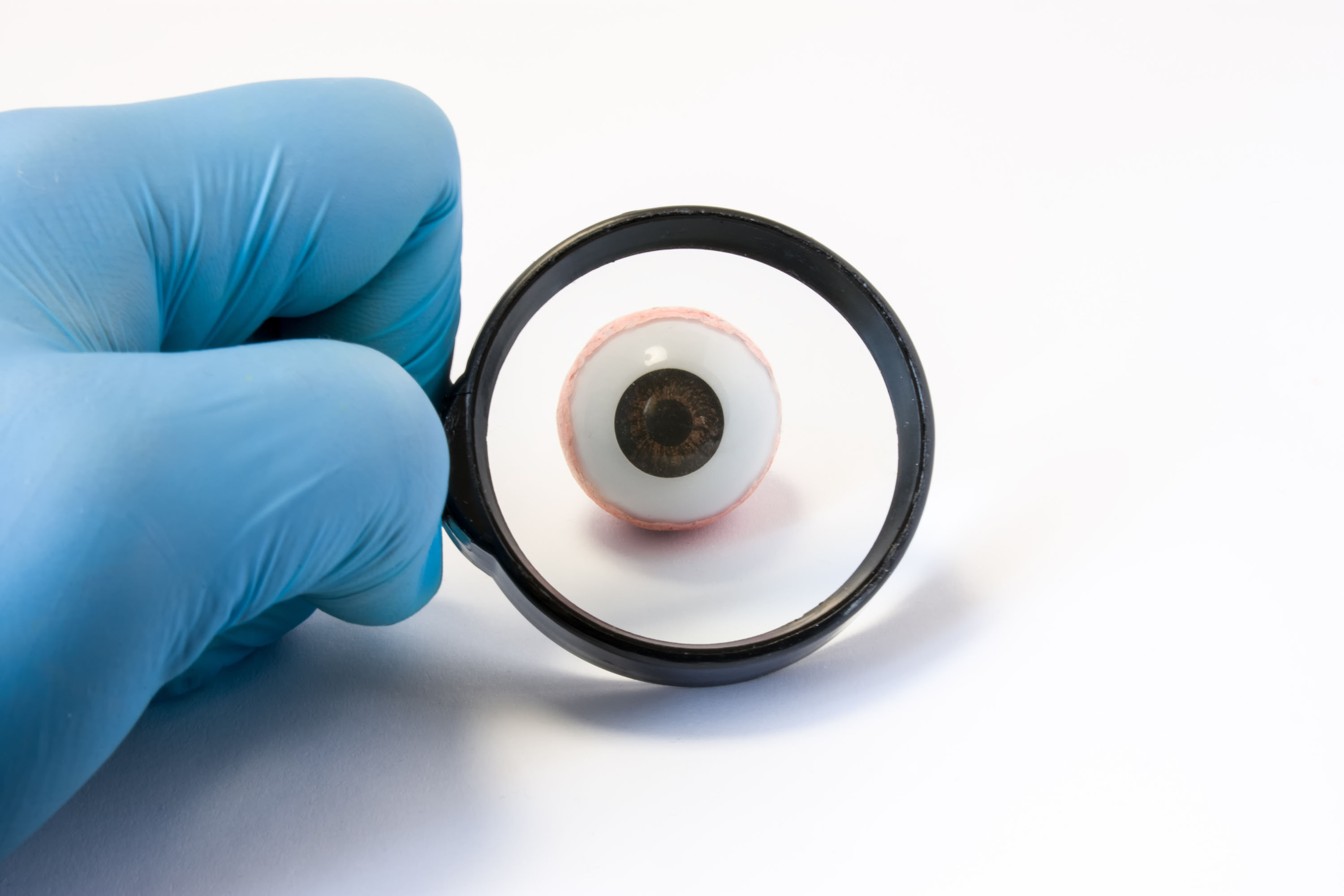Pink eye or conjunctivitis is a common eye infection among children that most likely occurs due to bacterial or viral causes. However, with age chronic conditions like high blood pressure, diabetes and high cholesterol cause conjunctival damage.
When it comes to diabetes and eyes, many diabetic eye problems crop up in people whose diabetes is not controlled. When high blood sugar level persists for a long time, it can lead to conditions like proliferative diabetic retinopathy, diabetic macular edema, diabetic cataract and many others.
Diabetes and Eyes – Conjunctiva
Diabetes is one condition that is known to affect the entire body if it is not controlled properly. Organs like eyes and kidneys are prone to diabetes complications leading to end-stage organ disease. When it comes to diabetic eye problems, the effect of diabetes on the conjunctivae is pronounced.
People with diabetes are more prone to conjunctivitis. High blood sugar levels decrease immunity in people with diabetes. This makes them susceptible to infections. Moreover, the incidence of bacterial conjunctivitis is higher in both people with type 1 and type 2 diabetes. A major reason for this is due to presence of excess glucose in the mucus membranes, skin, and tears. This promotes growth of bacteria.
Diabetes causes dysfunction of lacrimal glands that produce tears. Complications of diabetes and eyes with respect to conjunctivae also include twisting of blood vessels (known as tortuosity), macro vessel dilation and loss of capillaries.
Conjunctival angiopathy is one of the diabetic eye problems that is related to diabetic retinopathy. This condition is common in people with type 2 diabetes. It causes the width of the blood vessels to increase. Changes in the conjunctiva, in fact, act as diabetic retinopathy symptoms.
Pinguecula and Diabetes
A common form of conjunctival degeneration is Pinguecula. This is a formation that occurs due to thickening of bulbar conjunctiva. Pingueculae are elevated areas which are either white or yellow in color and are fatty in appearance. It is known that pingueculae form due to overexposure to ultraviolet rays and are mostly seen in people above 60 years of age.
People with diabetes both type 1 and type 2 are prone to pingueculae and the risk increases with the age of diabetes. Though they are seen as conjunctival degenerations, pingueculae are rarely associated with any symptoms. Treatment is provided only when it develops into pingueculitis.
Prevention of Conjunctival Diseases
- Wash hands frequently with alcohol-based sanitizer.
- Never share eye makeup with others.
- Use swimming goggles while swimming.
- Never rub your eyes.
- Wear proper sunglasses.
- Never share towels.
- Control your blood sugar levels.
- Control your HbA1c levels.
- Get periodical eye exams.











